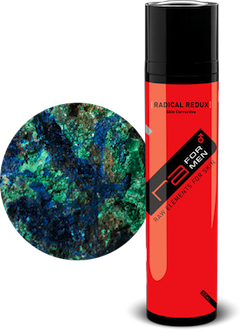Liver Spots?? Not on My Face!

Liver spots, age spots, brown spots… they have a variety of names, but no matter what you call them no one desires to have the discoloration marks on their skin. The problem is, not many know how to avoid them, or even get rid of them if they do have them. The solution lies in knowing the causes of these spots. What might that be you ask?
Well most of it has to do with aging and overexposure to the sun. While there’s not much we can do about aging, we can shield the skin from damaging UV rays, which is the biggest factor impacting skin aging and discoloration.
Discoloration and the skin
Skin discoloration appears in other forms than liver spots, but we’ll visit the other types of hyperpigmentation in another post. Dark spots are among the most common types of pigmentation issues and are often triggered by the skin’s natural aging process. As we age, melanin (the skin pigment) can kick into overdrive, producing more melanin than necessary, which collects and forms gray, brown or black spots.
There are other factors besides aging of course, but as we age, and our skin continues to be confronted by more assaulting elements (UV rays, medications, trauma, etc.), our natural defenses begin to weaken allowing damage to occur. Discoloration is, in essence, excessive stimulation of melanin in the skin caused either from systemic (within in the body) or extrinsic (outside) causes, and it can occur in any skin type – oily, dry, dark and light.
Common culprits include:
- Sun exposure
- Acne trauma and inflammation
- Medications and chemicals
- Large melanocyte cells (melanin-producing cells)
The primary extrinsic culprit of discoloration is the sun. In many cases, the effects can be amplified with medications and chemicals (like cologne). In all instances of discoloration, however, sun exposure inevitably makes it worse. And men are seeing increasing rates of skin cancer, with nearly 39,000 new cases of melanoma each year (10,000 more cases than women). As a side bar, if you have sun spots, get them checked to eliminate the possibility of cancer.
See Spots No More
Want spot-free skin? Prevention is key here. Taking 30 seconds to apply a good physical block will help prevent discoloration or worsening conditions. If you can, try to stay out of the sun or shield your skin as much as possible.
If you’ve already got some spotting, fear not. You still have some defenses. Look to corrective skin care products containing retinoids, kombuchka (black tea), and magnesium ascorbyl phosphate (MAP) to help reduce the appearance. Skin care professionals can also become your ally. They have access to more active, corrective ingredients like TCA, L-lactic acid, phytic and pyruvic acids, to name a few, which can help reverse the damage.
Whether your skin care track record is spotty or not, it’s never too late to start protecting your skin. So get out your sun block…and put it on of course.
For more information about sun protection, see the EnviroProtect. For treating discoloration, see the Radical Redux.
